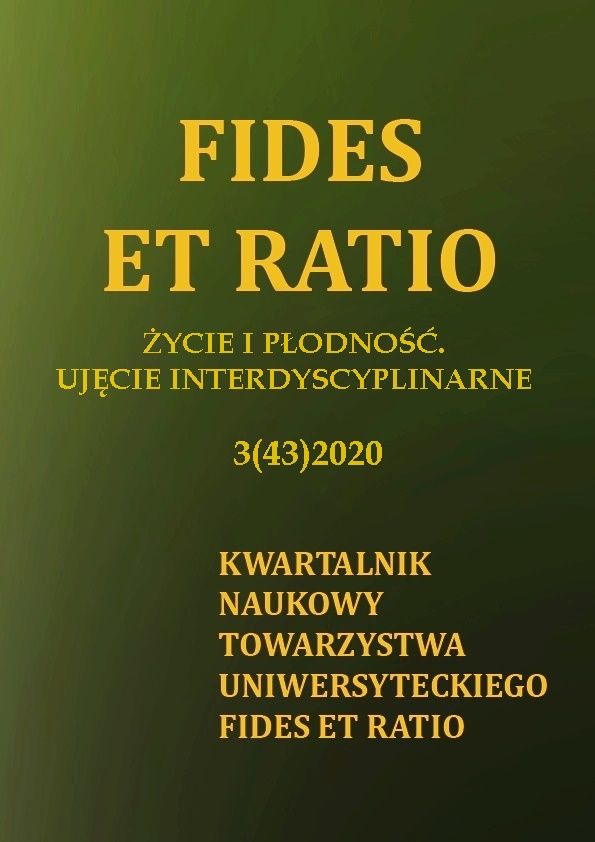Abstract
The pathogenesis of endometriosis depends on the interaction of environmental and genetic factors. Due to its high prevalence and major impact on quality of life and health, identifying important causative agents of endometriosis is a major public health concern. One of the interesting phenomena that undoubtedly influences the risk of endometriosis is breastfeeding. Pregnancy and lactation is an important element of the reproductive cycle that has a profound effect on the entire endocrine system of a woman, with long-lasting consequences. On the other hand, the possibility of feeding on the mother's food is the best source of nutrients for the baby, but also a signal that programs the body immunologically and epigenetically throughout its entire life. The concepts and scientific evidence linking breastfeeding with the risk and etiopathogenesis of endometriosis are presented below. Awareness of possible causal relationships in this field is crucial not only for the treatment of patients with endometriosis but also for building prophylactic strategies necessary to prevent this disease. The presented knowledge is also helpful for medical professionals participating in consulting and pro-health education of patients.
References
Agostoni, C., Axelsson, I., Braegger, C. i in. (2004). Probiotic bacteria in dietetic products for infants: a commentary by the ESPGHAN Committee on Nutrition, Journal Pediatric Gastroenterology and Nutrition, 38, 365-374.
Brandys, J. (1999). Toksykologia. Wybrane zagadnienia, Wydawnictwo UJ, Kraków.
Cramer, D.W., Missmer, S.A. (2002). The epidemiology of endometriosis, Annals of the New York Academy of Sciences, 955 (1), 11-22.
Farland, L.V., Eliassen, A.H., Tamimi, R.M., Spielgman, D., Michels, K.B., Missmer, S.A. (2017). History of breast feeding and risk of incident endometriosis: prospective cohort study, British Medical Journal, Aug 29; 358:j3778.
Gerkowicz, S.A., Curtis, S.W., Knight, A.K. (2020). Endometriosis, endocrine disrupters and epigenetics: an investigation into the complex interplay in woman with polybrominated biphenyl exposure and endometriosis, Journal of Assisted Reproduction and Genetics, 37 (2), 427-436.
Geusau, A., Tschachler, E., Mixner, M., et. al. (1999). Olestra increases faecal excretion of 2,3,7,8-tetrachlorodibenzo-p-dioxin, Lancet, 354 (9186), 1266-1267.
Hamosh, M. (2001). Bioactive factors in human milk. Pediatric Clinics of North America, 48, 69-86.
Heilier, J-F, Donnez, J., Nackers, F., Rousseau, R.J., Verougstraete, V., Rosenkranz, K., Donnez, O., Grandjean, F., Lison, D., Tonglet, R. (2007). Environmental and host-assocaited risk factors in endometriosis and deep endometriotic nodules: A matched case-control study. Environmental Research, 103, 121-129.
Kleinman, R.E. (2009). Pediatric nutrition handbook. American Academy of Pediatrics, Elk Grove Village.
Kornacka, M.K. (2007). Flora bakteryjna pokarmu naturalnego, Pediatria Polska, 82, 905-909.
LaKind, J.S., Berlin, C.M., Mattison, D.R. (2008). The heart of the matter on breastmilk and environmental chemicals: essential points for healthcare providers and new parents, Breastfeeding Medicine, 3 (4), 251-259.
Lawrence, R.A., Lawrence, R.M. (2005). Breastfeeding. A guide for the medical profession, Elsevier Mosby, Philadelphia, Pennsylvania.
Pandelova, M., Piccinelli, R., Kasham, S. i in. (2010). Assessment of dietary exposure to PCDD/F and dioxin-loke PCB in infant formulae available on the EU market, Chemosphere, 81, 1018-1021.
Pawlus, B., Kordek, A., Łoniewska, B. (2005). Enzymy mleka kobiecego – najnowsze wiadomości. Przegląd Pediatryczny, 35, 168-170.
Maksym, R., Baranowski, W. (2020). Etiopatogeneza endometriozy – geny czy środowisko? (w:) W. Baranowski (red.), Standardy diagnostyki i leczenia endometriozy - Monografia Ginekologia po Dyplomie, 5-10, Warszawa: Medical Tribune Polska.
Martin, R.M., Middleton, N., Gunnell, D. i in. (2005). Breast-feeding and cancer: the Boyd Orr cohort and a systematic review with meta-analysis, Journal of the National Cancer Institute, 97, 1446-1457.
Martinez–Zamora, M.A., Mattioli, L., Parera, J. i in. (2015). Increased levels of dioxin-like substances in adipose tissue in patient with deep infiltrating endometriosis, Human Reproduction, 30 (5), 1059-68.
Nehring-Gugulska, M., Żukowska-Rubik, M., Pietkiewicz, A. (2017). Karmienie piersią w teorii i praktyce. Podręcznik dla doradców i konsultantów laktacyjnych oraz położnych, pielęgniarek i lekarzy, Medycyna Praktyczna, Kraków: Medycyna Praktyczna.
Ulaszewska, M.M., Zuccato, E., Capri, E. (2011). The effect of waste combustion on the occurrence of polychlorinated dibenzo-p-dioxins (PCDDs), polychlorinated dibenzofurans (PCDFs) and polychlorinated biphenyls (PCBs) in breast milk in Italy, Chemosphere, 82 (1), 1-8.
Upson, K., Sathyanarayana, S., Scholes, D. & Holt, V.L. (2015). Early-life factors and endometriosis risk, Fertility and Sterility, 104, 964-971.e5.
Vannuccini, S., Lazzeri, L., Orlandini, C., Tosti, C., Clifton, V.L. & Petraglia, F. (2016). Potential influence of in utero and early neonatal exposures on the later development of endometriosis, Fertility and Sterility, 105, 997-1002.
Walker, M.L. (2002). Core curriculum for lactation consultant practice, Sudbury, Massachusetts: Jones & Bartlett Publishers.
Wartmann, M., Cella, N., Hofer, P. i in. (1996). Lactogenic hormone activation of Stat5 and transcription of the beta-casein gene in mammary epithelial cells is independent of p42 ERK2 mitogen-activated protein kinase activity, Journal of Biological Chemistry, 271, 31, 863-868.
Wilde, C.J., Addey, C.V., Boddy, L.M., Peaker, M. (1995). Autocrine regulation of milk secretion by a protein in milk, Biochemical Journal, 305, 51-58.
Willet, W.C., Tamimi, R.M., Haynkinson, S.E. i in. (2010). Nongenetic factors in the causation of breast cancer, (w:) J.R. Harris, M.E. Lippman, M. Morrow, C.K. Osborne (eds.), Diseases of the breast, Lippincott: Williams & Wilkins.
Zondervan, K.T., Becker, C.M., Missmer, S.A. (2020). Endometriosis, New England Journal of Medicine; 382, 1244-1256
Żukowska-Rubik, M., Banaszkiewicz, A. (2006). Regulacja hormonalna laktacji, (w:)
M. Nehring-Gugulska, M. Żukowska-Rubik (red.) Karmienie piersią. Podręcznik, Warszawa: KUKP.

